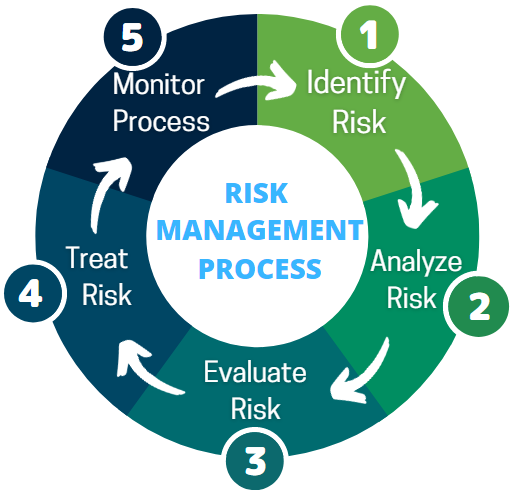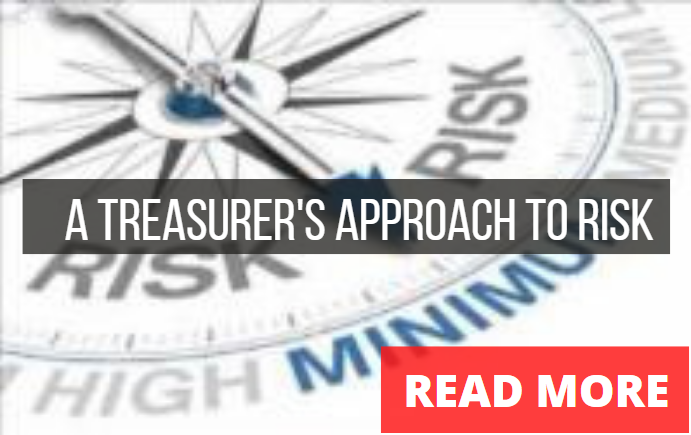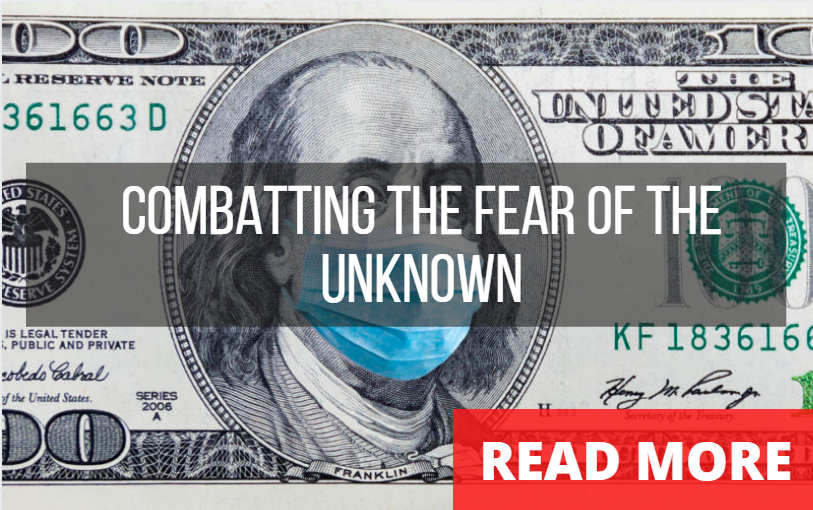
Evolving Your Risk Management Approach
By Ritwik Sarkar
Jun 09, 2022

After two years of pandemic induced disruptions and elevated inflationary pressures that followed, organizations are continuing to struggle with FX. The fallout from this period indicated that while some have a relatively robust approach to FX, the changing dynamics mean some corporations need to reposition
A survey conducted by the European Association of Corporate treasurers in February 2022, when asking corporations about their FX hedging challenges during the past three months of the Covid-19, 68% cited exposure collection and monitoring as their biggest concern. This is a problem typically forced from the lack of fx system integrity and defined processes, both issues amplified by the pandemic.
Corporations can move beyond ‘response mode’ to currency risk and define a clear fx program and policy. There is an opportunity for corporations to have FX risk management enhanced considerably, by re-aligning as a priority policy—and not collateral.
Challenges with Keeping Risk Management in a Bubble
FX policies are usually promoted by a board of directors, it can also be a simple approval of what the Treasury department suggests. This approach may lead to an isolated view of ‘risk’ without taking other exposures to the firm into account.
For example, one treasury manager might be concerned with hedging payables and receivables, or management may be focused on reducing profit-loss volatility in their reporting. Each policy priority can end up working towards its own end, fragmenting the company’s overall risk management objective. This can cause added stress around FX that affects credit worthiness, liquidity, and reporting translation implications across subsidiaries.
A scattered approach can lead to redundant work, unnecessary overhead, and potentially lead the firm into taking on unnecessary risk. The real goal is to work toward FX risk management harmonization and transparency.
Adopting a Coordinated Risk Management Approach
Risk integration will start from the top-down with the board of the directors being the owner of the firm’s approach to risk. The board does not run the day-to-day risk operations, for this reason assembling a team that analyzes risk and the decisions would be needed to implement a holistic risk management approach. This collaborative team would provide a platform where risk management policies are debated routinely with the view of the firm in totality.
An organization with such a team will have the ability to ensure that multiple corporate objectives are not being threatened, such as completing mergers and acquisitions, partaking in new capex initiatives, or meeting debt obligations, all while maintaining the set growth targets.
It would be advantageous to have independent oversight to assess corporate risk and remove any internal bias. While this can sound capital intensive seeking internal and external support; for large corporations it becomes necessary to build these teams internally and pair it with outside support. For small to medium sized corporations, it is not uncommon for the controller or CFO to wear the hat of treasury, but an independent partner may help scale the process and allow for much improved implementation.
Defining the Risk Management Process

The initial step in the risk management process is to identify the risks that the business is exposed to in each of their operating environments. Beyond just market considerations, shareholders need to consider and weigh out the impact of legal, environmental, marketing, and regulatory risks among others. The advantage of this approach is that these risks are now visible to every stakeholder in the organization with access to the system. Instead of this vital information being locked away.
Correlation analysis between risk factors needs to be used to grasp the overall FX risk of the firm. This will allow the risk committee and treasury team to analyze the movement of the risk factors involved determine acceptable risk tolerances.
For example, Canadian firms often monitor the natural correlation between oil and commodity prices with the US dollar (USD) and how the volatility of those prices measured in Canadian Dollar (CAD) terms is much less when looking at the specific prices or USD/CAD alone. The CAD historically benefits from elevated prices in these assets as Canada has the exporting exposure.
Both the c-suite and financial planning teams need to work together evaluate the risks and classify these risks depending on their severity. It is important to rank risks because it allows the organization to gain a holistic view of the risk exposure of the whole organization.
To ensure the continued success of the risk management process, executives need to constantly treat the risk and continually assess the risk against the company’s own profit and loss margins, reducing volatility etc. Simply acknowledging the risks without appropriate treatment is a common downfall despite best intentions. Continually reviewing outcomes helps foster a proactive approach to fx rather than a reactive approach for more effective treatment.
Conclusion
After you’ve reimagined and implemented your risk policy, plan to monitor and improve it routinely. Periodically conducting a robust review ensures greater confidence in the program across all stakeholders. As currency markets remain volatile and business practices change, regularly reviewing and benchmarking your governance elevates the level of security that the firm can achieve from treasury to the board of directors, and avoid ‘unexpected’ surprises.
Disclaimer: The views expressed in the article are Klarity FX's own, they should not be taken as investment advisory. Klarity FX bears no responsibility from any unforeseen outcomes that come as a result of the information in this article.



